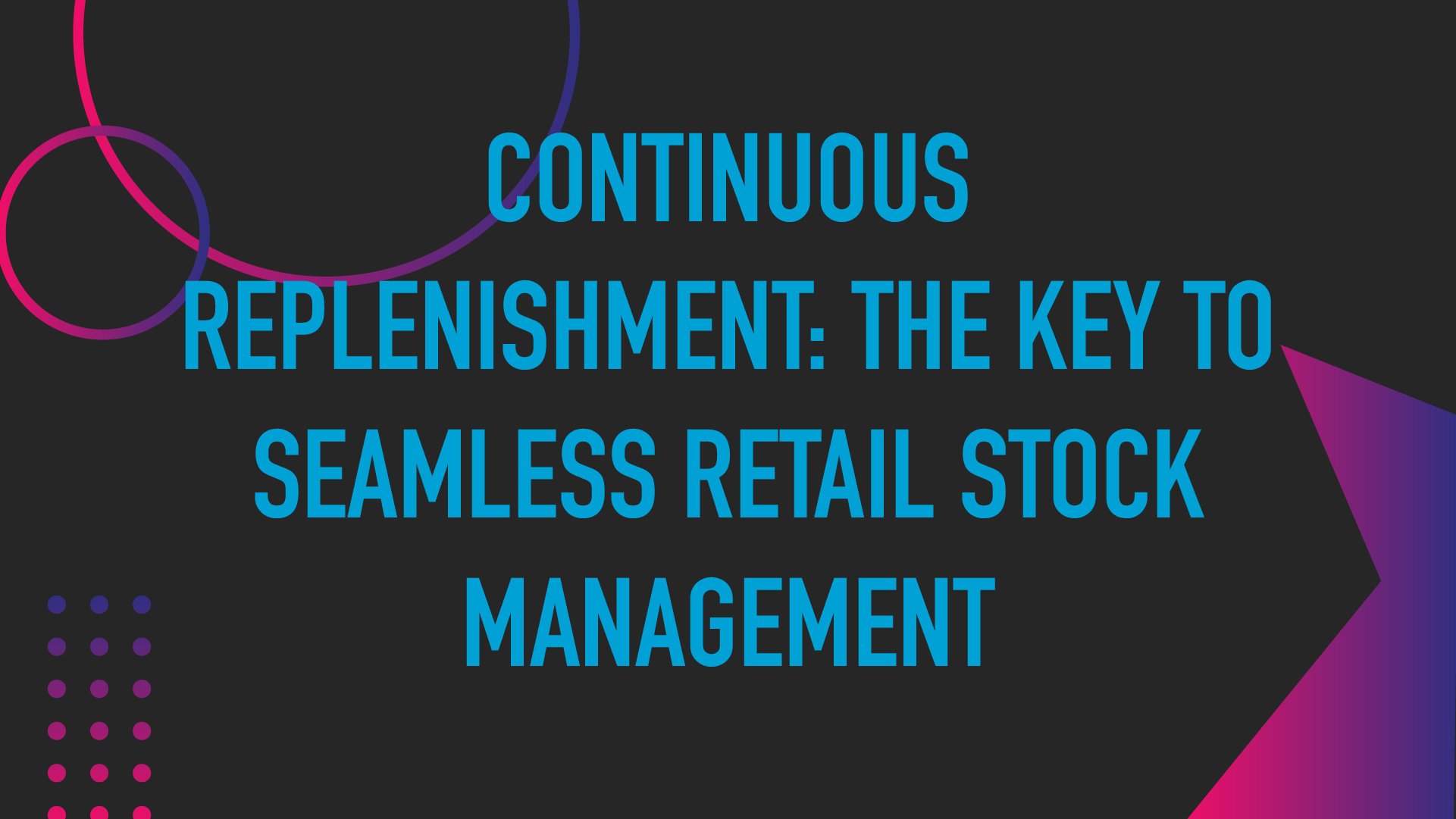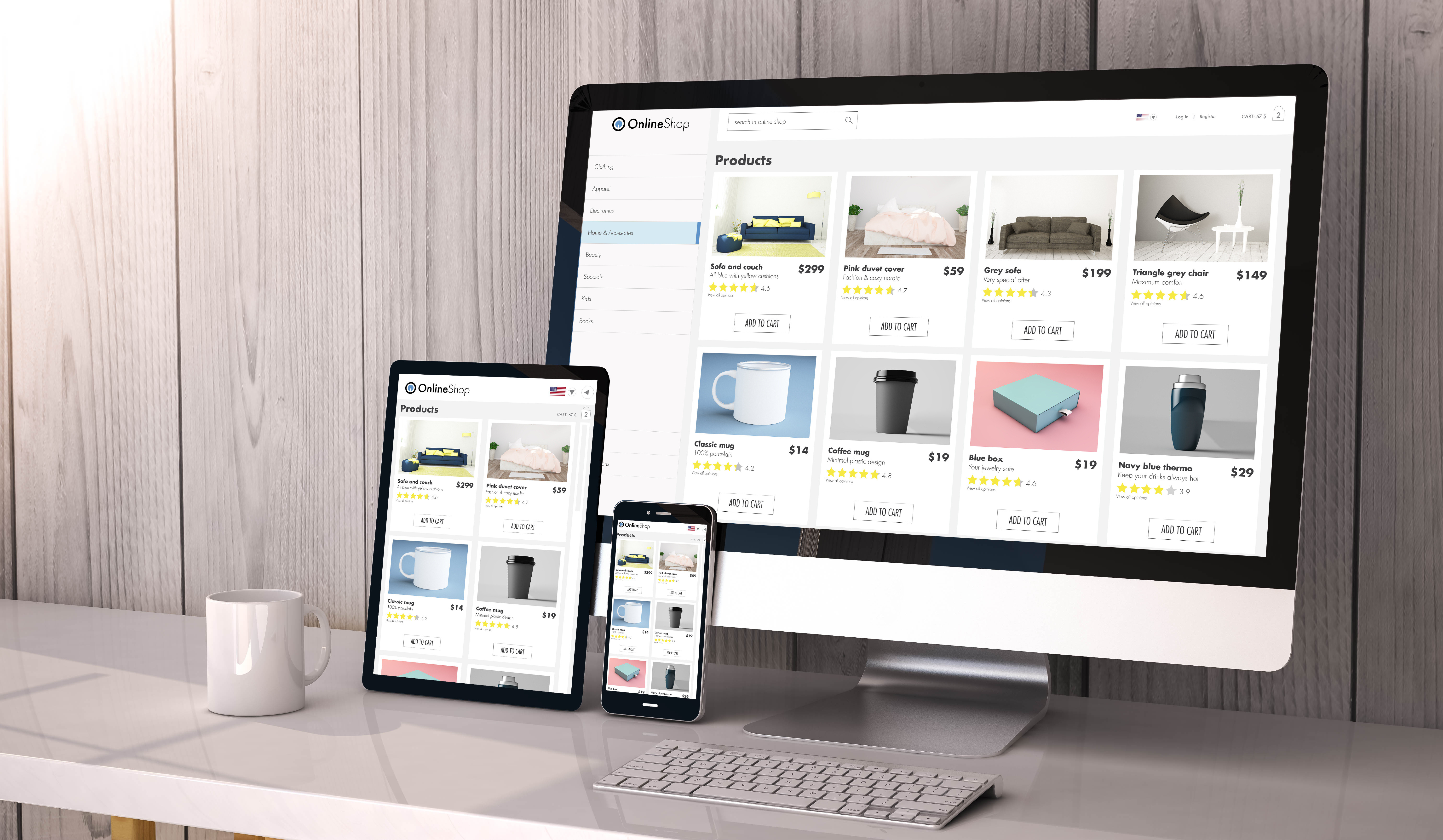Maximize Sales with Cross-Merchandising Excellence

Cross-Merchandising Excellence: Boosting Sales with Product Pairings
Cross-merchandising is more than a retail strategy—it’s an opportunity to create meaningful connections between products and enhance the customer experience. By strategically placing complementary items together, retail teams can drive impulse purchases, increase average transaction value (ATV), and move slow-selling inventory—all while helping shoppers discover new, valuable combinations that meet their needs.
This approach is about understanding consumer behavior, leveraging store layout effectively, and fostering an environment where products naturally work together to encourage buying decisions. With data-backed insights and the right execution, cross-merchandising becomes a powerful tool for growth and profitability.
Understanding the Principle of Association
The psychology behind cross-merchandising is simple yet effective. When related items are grouped, it's a signal to shoppers that these products complement each other. This principle of association influences buying behavior by making the shopping process intuitive and inspiring.
Placing coffee beans near coffee makers increases the likelihood of additional purchases and demonstrates value by helping customers envision how the items work together. This method isn’t limited to obvious pairings—it can extend to creative combinations that surprise and delight, such as wine displayed alongside cheese and high-quality crackers.
Customers perceive items placed together as complementary, leading to increased sales. This strategy taps into impulse purchasing while addressing the broader goal of creating a cohesive shopping experience.
The Benefits of Cross-Merchandising
Cross-merchandising delivers tangible results that extend beyond immediate sales. By strategically pairing products, teams can significantly increase the average transaction value and encourage customers to purchase complementary items. This approach taps into consumer psychology, leveraging impulse buying behaviors to drive sales. When executed thoughtfully, cross-merchandising helps balance promoting high-demand products and clearing slower-moving inventory, ensuring an optimized product mix.
Research supports the effectiveness of this strategy, showing that cross-selling technologies can increase sales by 20% and profits by 30%. Additionally, cross-merchandising enhances customer satisfaction by creating an intuitive shopping experience, fostering loyalty and encouraging repeat visits. Prioritizing these pairings creates a cohesive shopping journey that benefits their bottom line and the customer relationships.
Data-Driven Cross-Merchandising: Making Informed Decisions
Successful cross-merchandising relies on more than intuition; it is powered by real-time data and advanced analytics. Teams can identify the most effective product pairings by analyzing purchase patterns, customer behaviors, and seasonal trends. For instance, data might reveal that shoppers frequently purchase salsa alongside tortilla chips, prompting a targeted merchandising strategy to group these items.
Understanding regional preferences and adapting to local demands is another crucial aspect of data-driven decision-making. A store in a coastal town might focus on pairing beach towels with sunscreen, while an urban location might prioritize commuter essentials like reusable coffee cups and snack bars. Following seasonal trends allows retail teams to adjust displays to match customer needs throughout the year, such as promoting cozy blankets with hot cocoa in the winter months.
Data insights allow retail teams to pivot quickly and refine their strategies based on what works. This proactive approach ensures that cross-merchandising efforts are not only relevant but consistently effective, creating a dynamic retail environment that aligns with customer expectations and drives results.
Best Practices for Cross-Merchandising
Implementing cross-merchandising strategies requires careful planning and alignment across teams.
- Prioritize High-Traffic Areas: Position cross-merchandising displays where customers naturally spend more time, such as endcaps, checkout counters, or entrances.
- Highlight Complementary Products: Ensure product pairings make logical sense to shoppers. Placing batteries near electronic devices or reusable water bottles near fitness gear helps customers make connections naturally.
- Leverage Visual Appeal: Well-organized, visually appealing displays draw attention and encourage browsing. Use signage and product arrangements that highlight the benefits of buying paired items together.
For long-term success, continuous evaluation is critical. Monitor how displays perform and adjust based on sales data and customer feedback to ensure sustained effectiveness.
Moving Beyond the Sale: Enhancing the Customer Journey
Cross-merchandising is not just about increasing sales—it’s about enriching the shopping experience. Customers appreciate when stores anticipate their needs and provide solutions that save time and effort.
This strategy helps build brand loyalty by demonstrating a deep understanding of customer behavior. When a shopper's needs are prioritized and supported, they are more likely to return, increasing lifetime customer value.
Cross-Merchandising in the Retail Landscape of 2025
As retail evolves, cross-merchandising will remain a cornerstone of effective merchandising strategies. Advances in technology, including smart shelves and real-time analytics, will empower teams to create displays that dynamically adapt to changing customer needs. Retail teams who invest in these innovations today will position themselves for long-term success, ensuring their stores are more than just another place to buy products but destinations that inspire, connect, and engage.
In a competitive market, cross-merchandising offers more than just financial returns—it provides a way to deepen relationships with customers, foster loyalty, and create a shopping experience that stands out. By combining creativity with data-driven insights, teams can harness the full potential of cross-merchandising to shape the future of retail.
Cross-merchandising is a proven strategy for boosting sales, moving inventory, and enhancing the customer experience. With clear benefits supported by robust data, this approach helps teams navigate the complexities of today’s market while laying the groundwork for tomorrow’s success.
featured content
featured content

Fresher Inventory Management through Unified Planning and Execution
The key to improving fresh food inventory management is to unify the teams & technology of central planning & store execution. Learn why in this thought leadership blog between Movista and RELEX Solutions.










